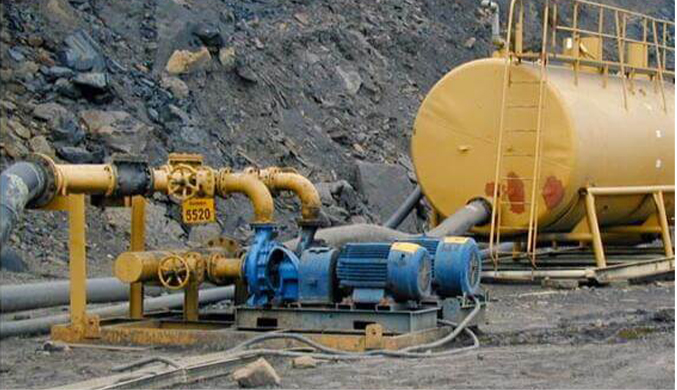English
- Afrikaans
- Albanian
- Amharic
- Arabic
- Armenian
- Azerbaijani
- Basque
- Belarusian
- Bengali
- Bosnian
- Bulgarian
- Catalan
- Cebuano
- Corsican
- Croatian
- Czech
- Danish
- Dutch
- English
- Esperanto
- Estonian
- Finnish
- French
- Frisian
- Galician
- Georgian
- German
- Greek
- Gujarati
- Haitian Creole
- hausa
- hawaiian
- Hebrew
- Hindi
- Miao
- Hungarian
- Icelandic
- igbo
- Indonesian
- irish
- Italian
- Japanese
- Javanese
- Kannada
- kazakh
- Khmer
- Rwandese
- Korean
- Kurdish
- Kyrgyz
- Lao
- Latin
- Latvian
- Lithuanian
- Luxembourgish
- Macedonian
- Malgashi
- Malay
- Malayalam
- Maltese
- Maori
- Marathi
- Mongolian
- Myanmar
- Nepali
- Norwegian
- Norwegian
- Occitan
- Pashto
- Persian
- Polish
- Portuguese
- Punjabi
- Romanian
- Russian
- Samoan
- Scottish Gaelic
- Serbian
- Sesotho
- Shona
- Sindhi
- Sinhala
- Slovak
- Slovenian
- Somali
- Spanish
- Sundanese
- Swahili
- Swedish
- Tagalog
- Tajik
- Tamil
- Tatar
- Telugu
- Thai
- Turkish
- Turkmen
- Ukrainian
- Urdu
- Uighur
- Uzbek
- Vietnamese
- Welsh
- Bantu
- Yiddish
- Yoruba
- Zulu
Telephone: +86 13120555503
Email: frank@cypump.com
Nov . 10, 2024 09:54 Back to list
Manual Operation Guide for Submersible Sewage Pumping Systems Including Safety and Maintenance Tips
Manual Operation of Submersible Sewage Pumping Systems
Submersible sewage pumping systems are essential for the efficient handling of wastewater in various environments, such as municipal waste treatment plants, industrial sites, and residential areas with insufficient gravity-fed drainage systems. These systems play a critical role in maintaining hygiene and preventing environmental contamination. Understanding how to manually operate and maintain these systems is crucial for ensuring their reliability and effectiveness.
Overview of Submersible Sewage Pumping Systems
A submersible sewage pump is designed to operate while submerged in the sewage it is pumping. This design alleviates the need for a pump to be situated above ground, which can reduce installation costs and minimize the risk of flooding. These pumps work by using a hermetically sealed motor that is submerged within the sewage fluid, ensuring that the entire assembly can operate efficiently without exposure to external elements.
Key Components
A typical submersible sewage pumping system comprises several critical components
1. Pump The heart of the system, typically using an impeller mechanism to move sewage. 2. Motor A robust electric motor ensures powerful performance even in challenging conditions. 3. Discharge Pipes These channels carry the sewage away from the pump to its intended destination. 4. Control Panel Provides users with the ability to monitor and control the system, often equipped with alarms for malfunction detection. 5. Float Switches Monitors fluid levels and automatically turns the pump on or off based on the water levels.
Manual Operation Procedures
While many systems are equipped with automatic controls, understanding manual operation is vital for troubleshooting and unexpected situations
. Here are steps for manually operating a submersible sewage pumping system'submersible sewage pumping system manual operation and ...'

1. Preparation Before any operation, ensure that you have the necessary personal protective equipment (PPE) such as gloves, boots, and masks. Inspect the area for hazards and ensure that it is safe to proceed.
2. Power Supply Confirm that the power supply to the pump is functional. Switch on the power at the circuit breaker. If manually operating the system, locate the control panel and ensure it is set to manual mode.
3. Monitoring Use the control panel to monitor the status of the pump. Check for any alarms or warning lights indicating potential issues like high temperature or low fluid levels.
4. Starting the Pump Manually activate the pump from the control panel. This may involve flipping a switch or pressing a button. Observe the discharge flow to ensure it is operating correctly.
5. Adjusting Flow Depending on the system, you may need to adjust the discharge flow rate. Follow manufacturer guidelines to ensure optimal performance without overloading the system.
6. Shutdown Procedures Once the system has completed its task or if it requires maintenance, turn off the pump from the control panel. Subsequently, turn off the power supply at the circuit breaker.
7. Routine Maintenance Regularly inspect and clean the pump, checking for clogs and wear. Lubricate necessary components according to the manufacturer’s recommendations.
Conclusion
Understanding the manual operation of submersible sewage pumping systems is crucial for effective wastewater management. Although these systems are predominantly automatic, manual operation knowledge empowers operators to swiftly handle emergencies and maintain the system effectively. Adhering to safety protocols and manufacturer guidelines ensures uninterrupted operation, safeguarding both the environment and public health. By fostering a comprehensive understanding of these systems, operators can significantly reduce downtime and enhance the operational efficiency of wastewater management facilities.
-
Horizontal Split Case Pump with GPT-4 Turbo | High Efficiency
NewsAug.01,2025
-
ISG Series Pipeline Pump - Chi Yuan Pumps | High Efficiency, Durable Design
NewsAug.01,2025
-
Advanced Flue Gas Desulfurization Pump with GPT-4 Turbo | Durable & Efficient
NewsJul.31,2025
-
ISG Series Vertical Pipeline Pump - Chi Yuan Pumps | Advanced Hydraulic Design&Durable Construction
NewsJul.31,2025
-
ISG Series Vertical Pipeline Pump - Chi Yuan Pumps | Energy Efficient & Low Noise
NewsJul.31,2025
-
pipeline pump - Chi Yuan Pumps Co., LTD.|High Efficiency&Low Noise
NewsJul.31,2025










